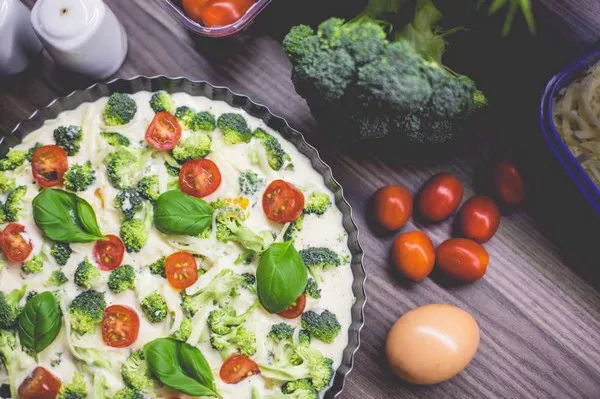Maintaining a healthy body composition is a common goal for many individuals, and a crucial aspect of achieving this is through a well-balanced diet. The food choices you make play a significant role in reducing body fat and promoting overall health. In this article, we will delve into five key aspects of a diet to lower body fat, offering you practical insights and actionable tips to guide your dietary choices.
1. Prioritize Lean Protein Sources
Protein is a cornerstone of any effective fat loss diet. Incorporating lean protein sources into your meals can boost metabolism, increase feelings of fullness, and help preserve lean muscle mass. Opt for options such as skinless poultry, lean cuts of meat, fish, eggs, and plant-based sources like legumes and tofu. These protein-rich foods not only support fat loss but also provide essential amino acids for overall bodily functions.
2. Embrace Fiber-Rich Foods
Fiber-rich foods are essential for promoting satiety and regulating blood sugar levels, both of which contribute to lowering body fat. Whole grains, fruits, vegetables, and legumes are excellent sources of dietary fiber. They slow down digestion, preventing rapid spikes in blood sugar and helping to control your appetite. Make sure to include a variety of colorful fruits and vegetables in your diet for a broad range of nutrients and antioxidants.
3. Choose Healthy Fats Wisely
Not all fats are created equal, and incorporating healthy fats into your diet can actually support fat loss. Opt for sources like avocados, nuts, seeds, olive oil, and fatty fish like salmon. These fats provide essential fatty acids that aid in hormone production and overall health. Additionally, healthy fats contribute to feelings of fullness, preventing overeating and supporting your weight loss efforts.
4. Monitor Carbohydrate Intake
Carbohydrates are an essential energy source, but their consumption should be managed when aiming to lower body fat. Focus on complex carbohydrates, such as whole grains, vegetables, and fruits, which provide sustained energy and essential nutrients. Avoid excessive consumption of refined sugars and processed foods, as they can lead to insulin spikes and hinder your fat loss goals.
5. Practice Portion Control
Even when consuming nutritious foods, portion control remains crucial for successful body fat reduction. Mindfully measure your portions and pay attention to serving sizes. Overeating, even with healthy foods, can still lead to an excess of calories. Consider using smaller plates to visually control portions and take your time eating to give your body a chance to signal fullness.
Conclusion
Crafting a diet to lower body fat requires a thoughtful approach to food choices and portion sizes. By prioritizing lean protein, incorporating fiber-rich foods, selecting healthy fats, managing carbohydrate intake, and practicing portion control, you can create a balanced and effective eating plan that supports your fat loss goals. Remember, consistency is key, and adopting these dietary principles along with regular physical activity will set you on the path to achieving a healthier body composition.
As you embark on your journey to lower body fat through your diet, consult with a healthcare professional or registered dietitian to tailor your eating plan to your individual needs and goals. With dedication and informed choices, you can make significant strides towards achieving a healthier and leaner body.


